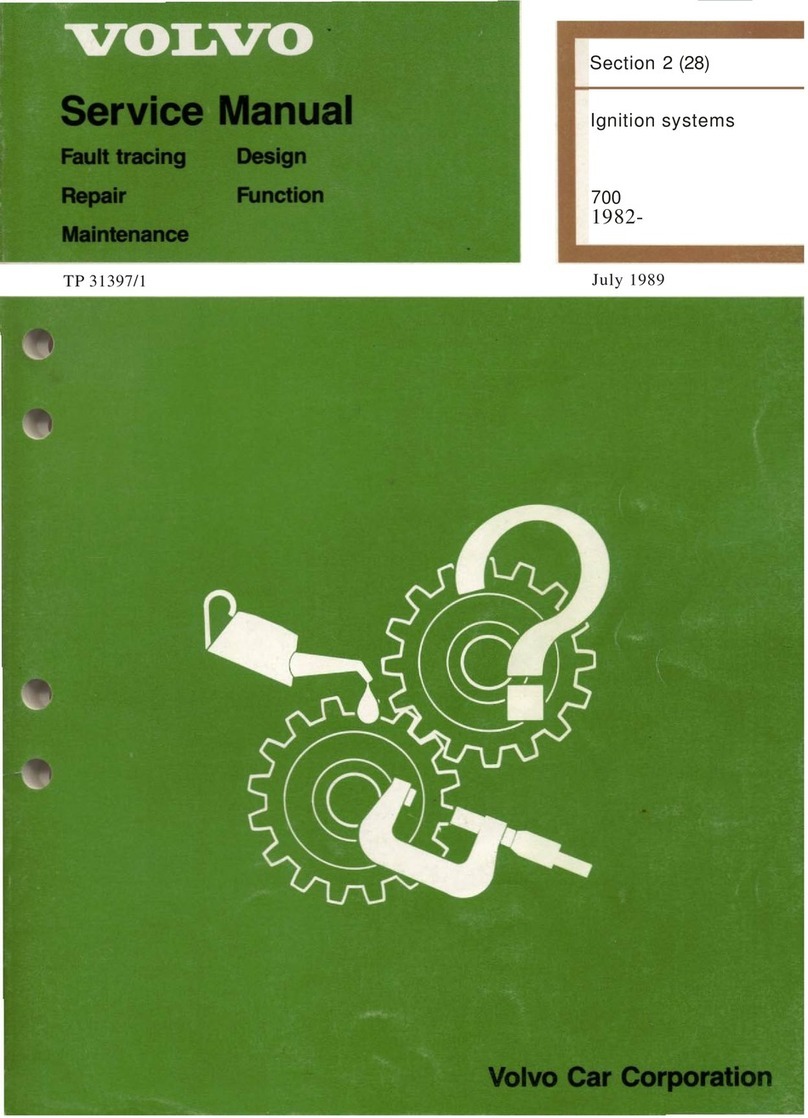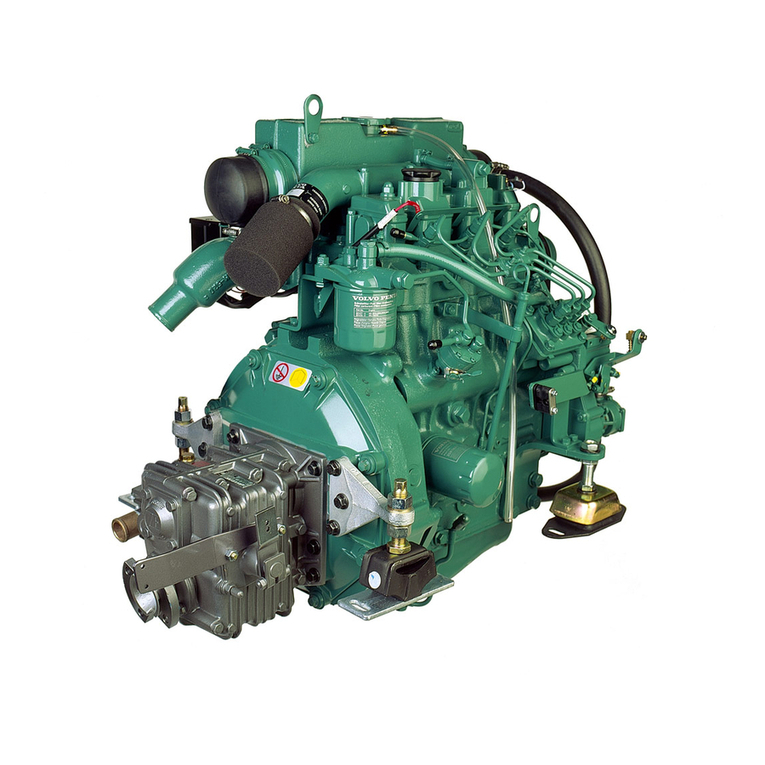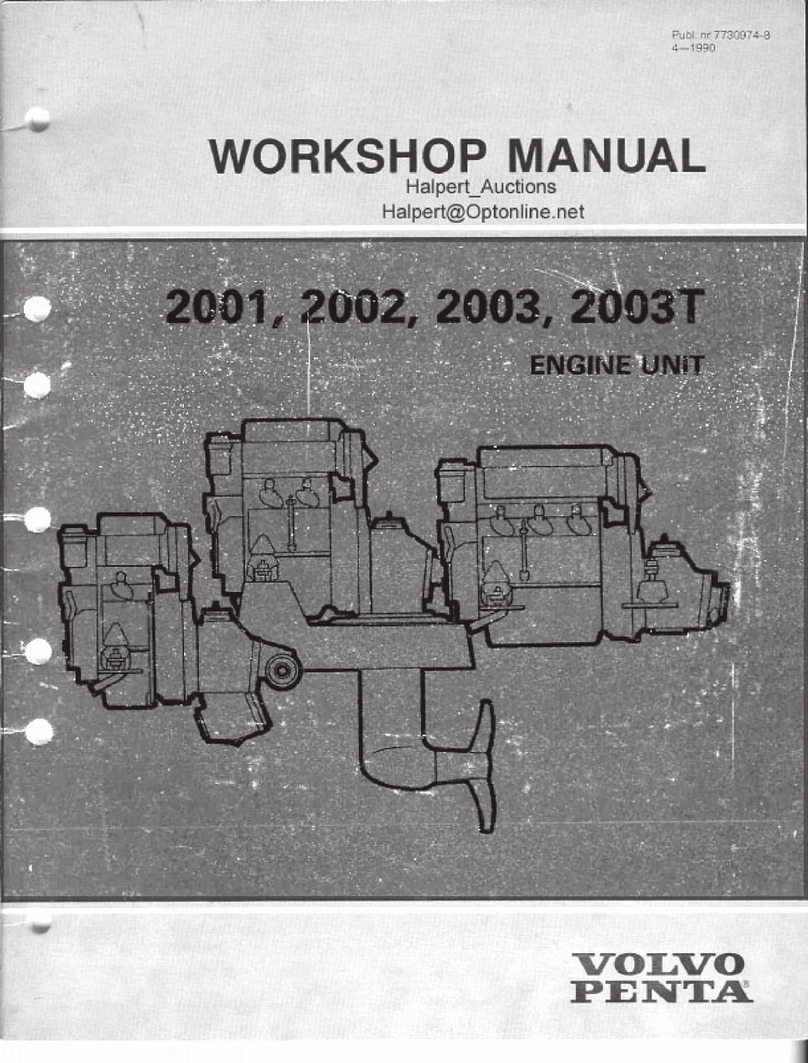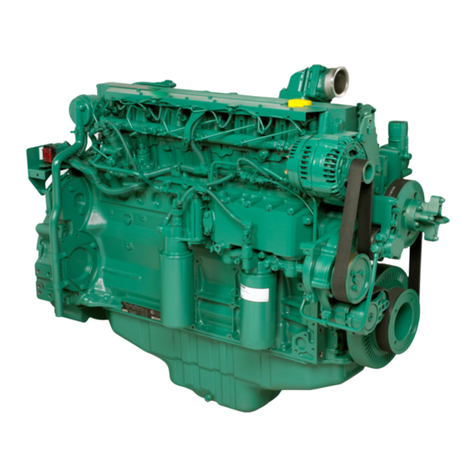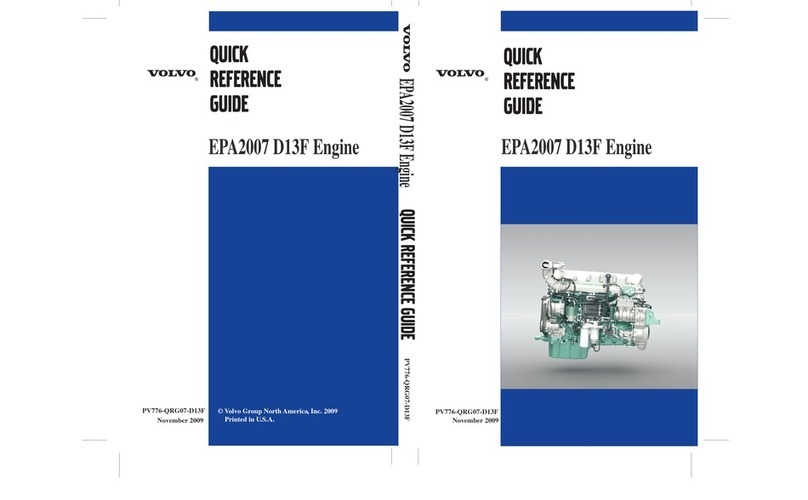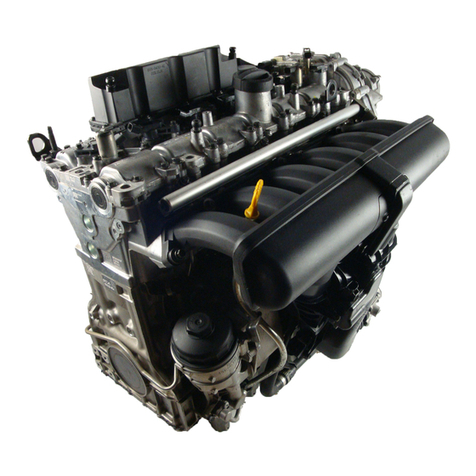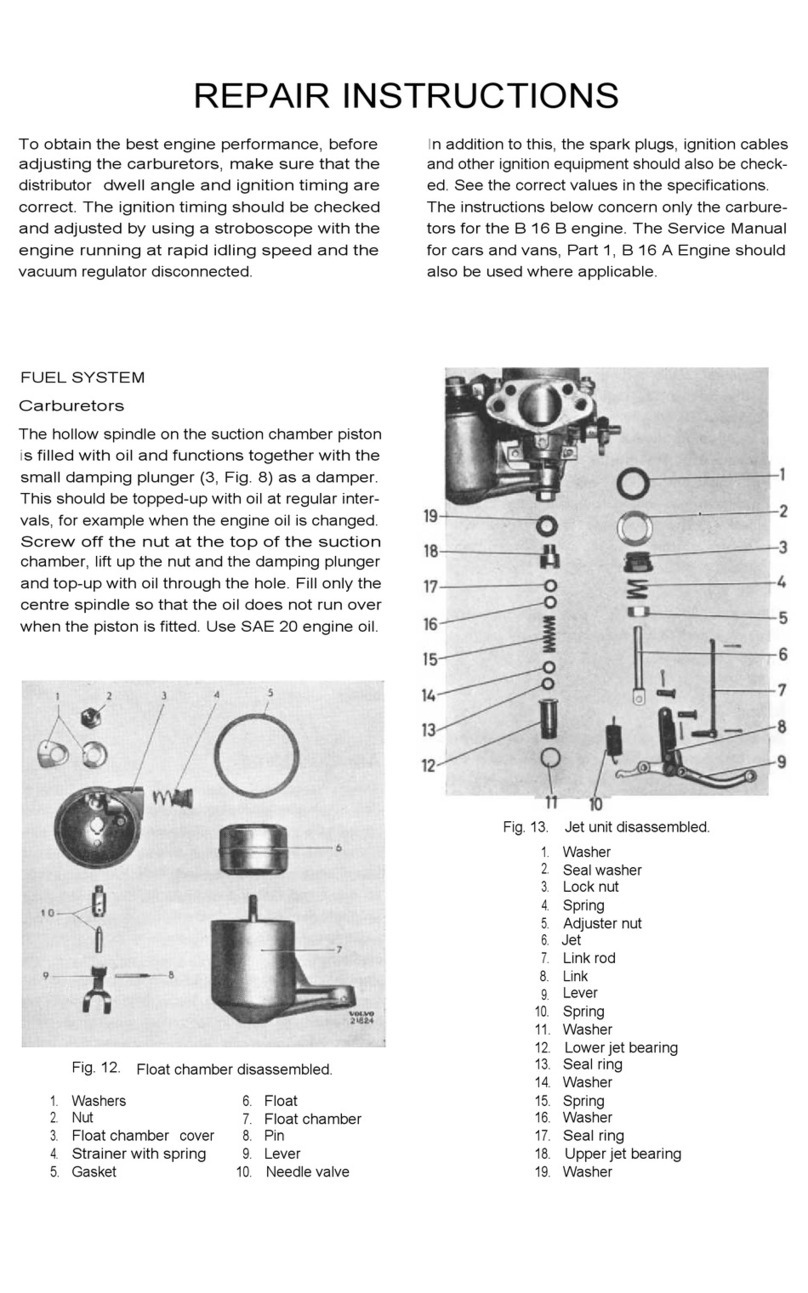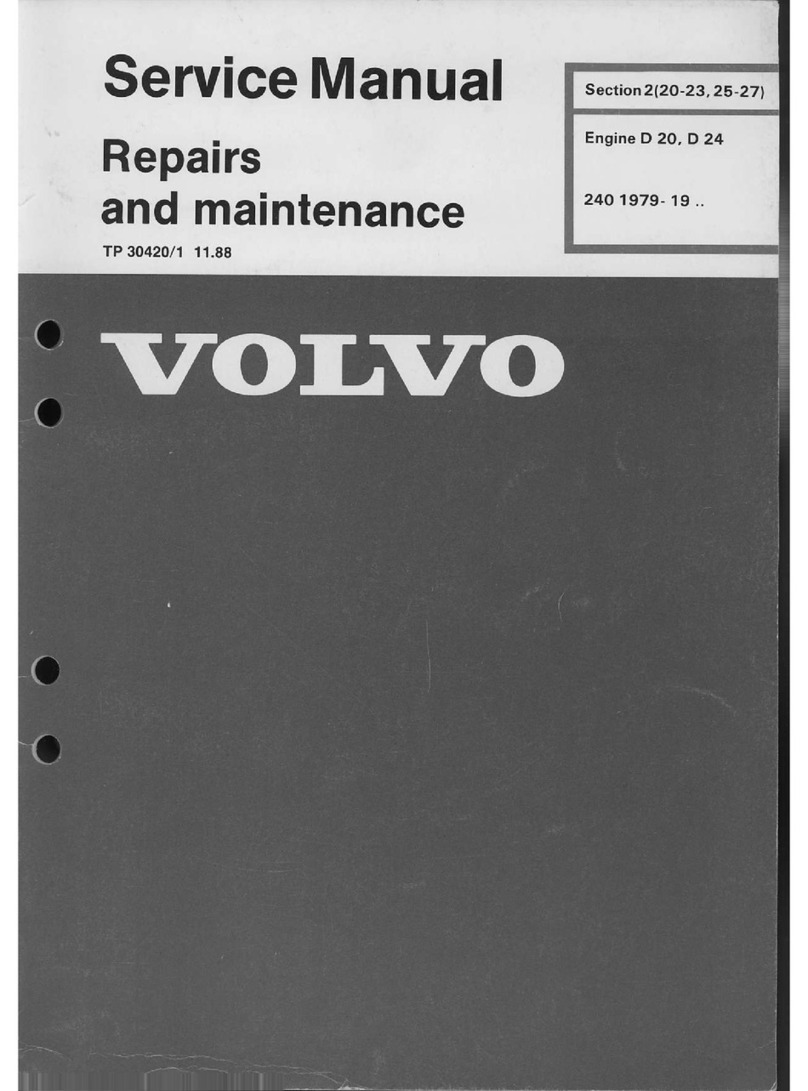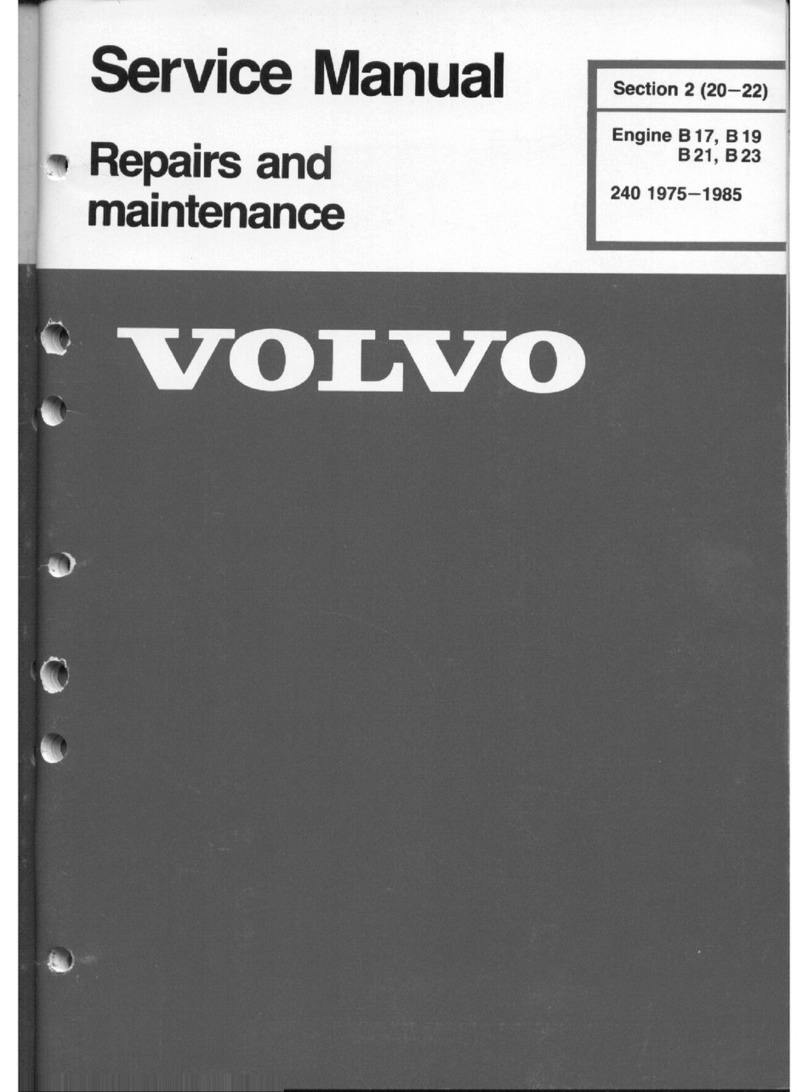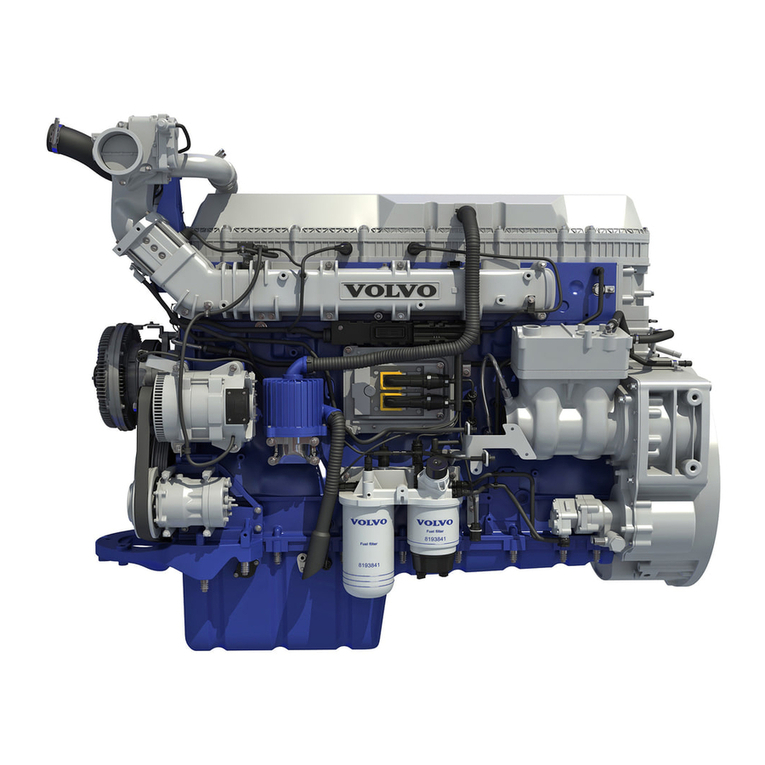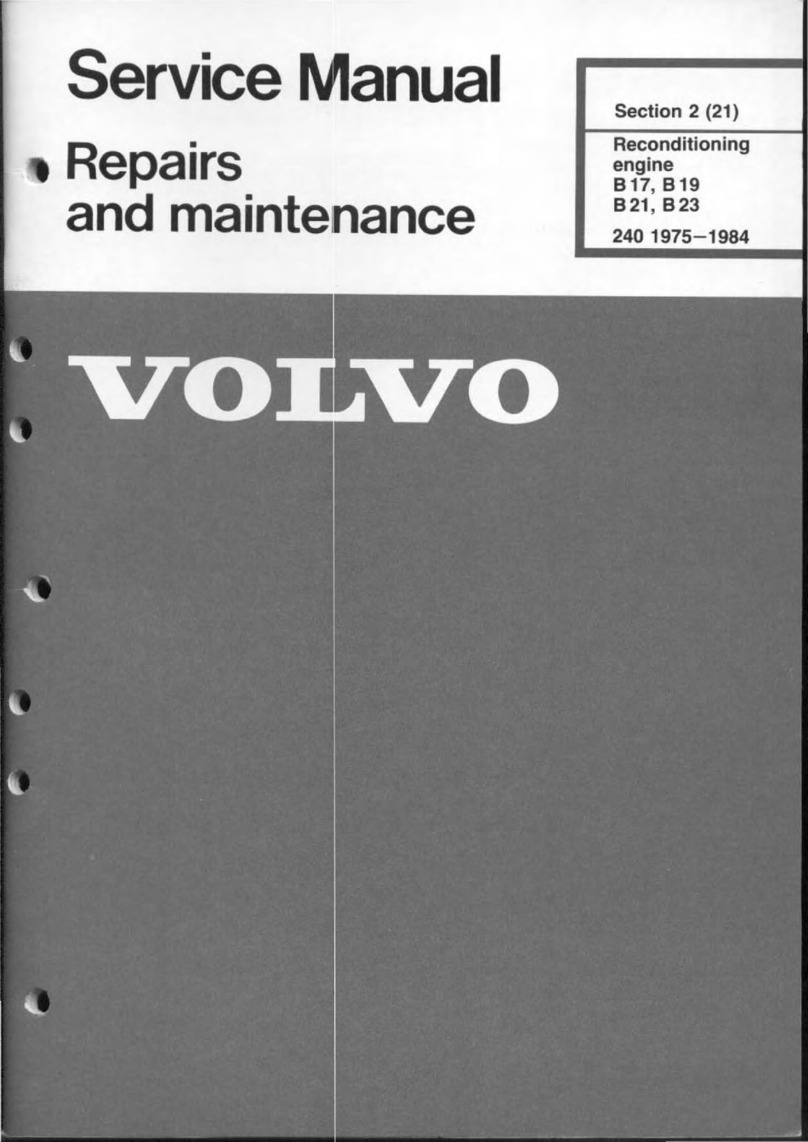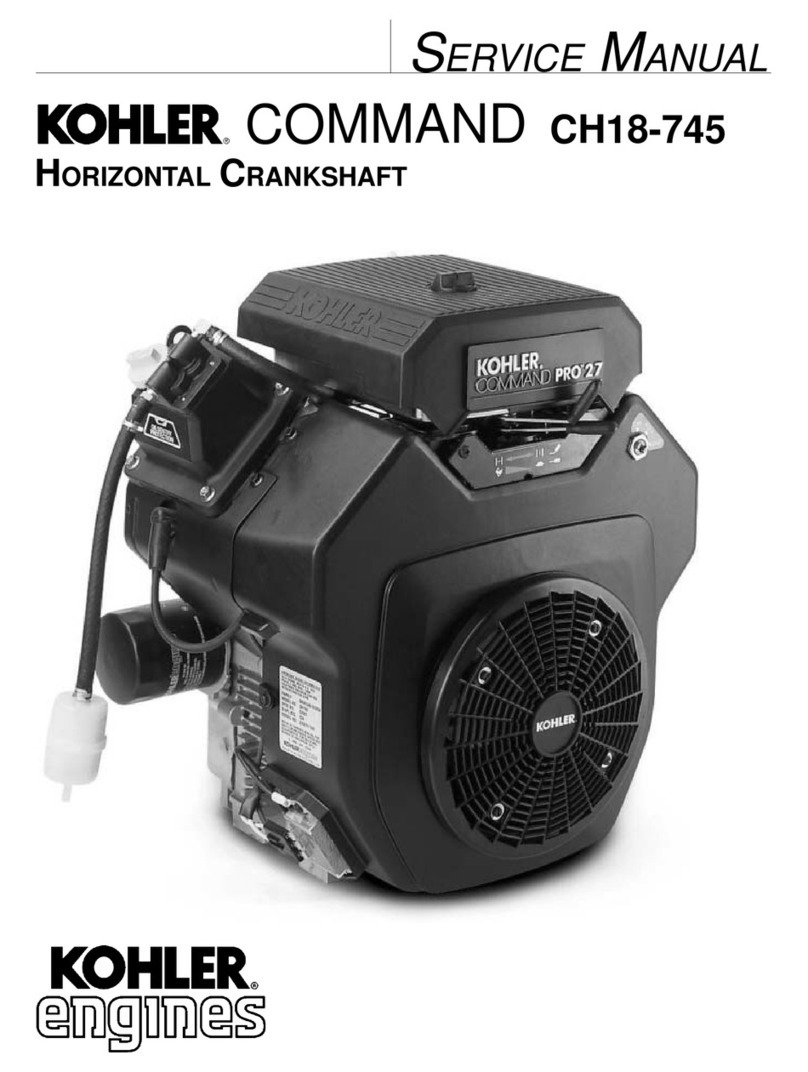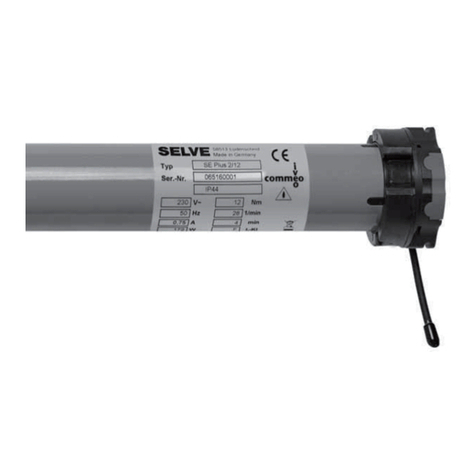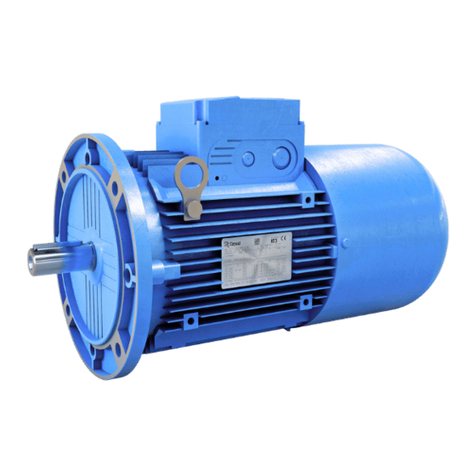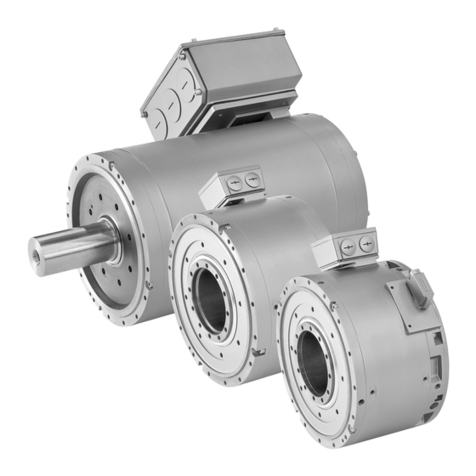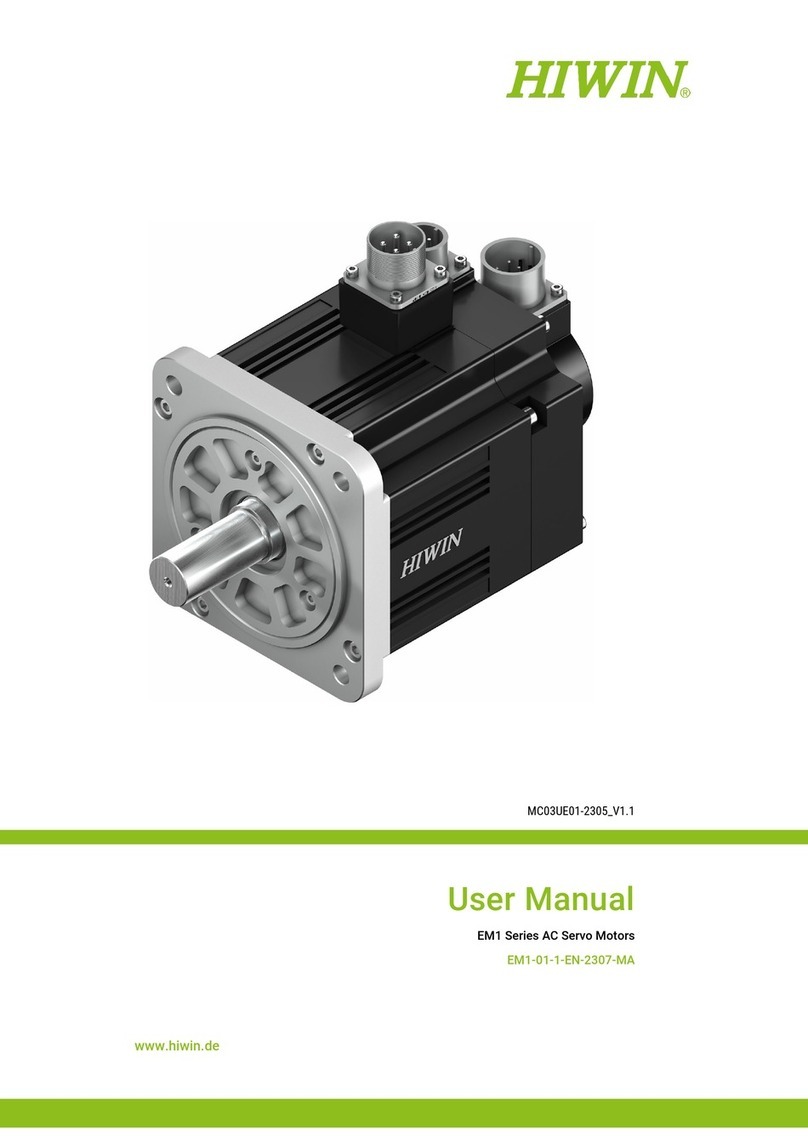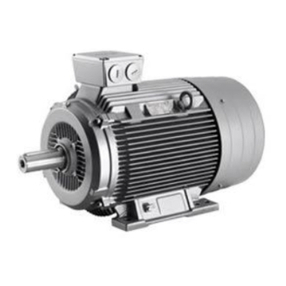
Section 01: ENGINE
PA1578 SECTION 01 REVISED AUGUST 2012 3
The Ambient (Atmospheric) Pressure Sensor is
built into the Engine Management System
(EMS) Module.
Camshaft Position Sensor
The Camshaft Position (Engine Position) Sensor
is located in the rear face of the timing gear
cover at the rear of the engine, near the bottom
of the valve cover. It uses magnetic induction to
generate a pulsed electrical signal. It senses the
passage of seven (7) timing bumps on the edge
of the camshaft dampener. Six of the holes
correspond to the phasing of the electronic unit
injectors, while the seventh hole indicates the
top dead center position.
Crankshaft Position (Engine Speed) Sensor
The Crankshaft Position (Engine Speed) Sensor
uses magnetic induction to generate a pulsed
electrical signal. Notches are machined into the
edge of the flywheel. When one of the notches
passes close to the sensor, electric pulses
result.
The Crankshaft Position (Engine Speed) Sensor
also indicates when the crankshaft is at the top
dead center position.
Differential Pressure DP Sensor
The differential pressure sensor is used for flow
measurement of the Diesel Particulate Filter
(DPF). This sensor has two pressure ports and
senses the difference in pressure between the
two ports. Measurement of the pressure before
and after the DPF is used to calculate diesel
filter regeneration.
The Differential Pressure DPF Sensor is located
on the side of the Diesel Particulate Filter (DPF).
EGR Differential Pressure Sensor
The EGR differential pressure sensor is used for
flow measurement of the Exhaust Gas
Recirculation (EGR) valve. This sensor has two
pressure ports and senses the difference in
pressure between the two ports. Measurement
of the pressure before and after the EGR valve
is used to calculate EGR flow.
The EGR Differential Pressure Sensor is located
on the left or right side of the engine.
EGR Temperature Sensor
The EGR temperature sensor detects exhaust
gas temperature for EGR system. The sensor
modifies a voltage signal from the control unit.
The modified signal returns to the control unit as
the exhaust temperature of the EGR system to
confirm EGR operation. The sensor uses a
thermistor that is sensitive to the change in
temperature.
The EGR Temperature Sensor is located near
the EGR valve.
Engine Coolant Level (ECL) Sensor
The Engine Coolant Level (ECL) Sensor is a
switch. If engine coolant level falls below a
calibrated point the contacts open and the driver
will be notified of the low coolant level.
The Engine Coolant Level (ECL) Sensor is
located in the cooling system reservoir tank.
Engine Coolant Temperature (ECT) Sensor
The Engine Coolant Temperature Sensor is
located at the front of the engine. The sensor will
indicate a high coolant temperature caused by
problems like radiator blockage, thermostat
failure, heavy load, or high ambient
temperatures. This sensor is also used for cold
start enhancement and for fan clutch
engagement.
Engine Oil Pressure (EOP) Sensor
The Engine Oil Pressure Sensor contains a
pressure sensitive diaphragm and a electrical
amplifier. Mechanical pressure applied to the
diaphragm causes the diaphragm to deflect and
the amplifier to produce an electrical signal
proportional to the deflection.
The Engine Oil Pressure Sensor is located on
the oil filter assembly. The sensor monitors
engine oil pressure to warn of lubrication system
failure.
Engine Oil Level (EOL) Sensor
The Engine Oil Level Sensor is located in the oil
pan.
Engine Oil Temperature (EOT) Sensor
The Engine Oil Temperature Sensor is a
thermistor whose resistance varies inversely to
temperature. The sensor has a negative
temperature coefficient, which means the sensor
resistance will decrease as the engine oil
temperature increases.
The Engine Oil Temperature Sensor is located
in the oil pan.
